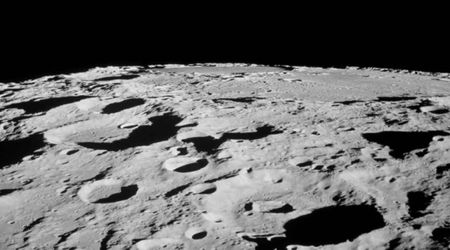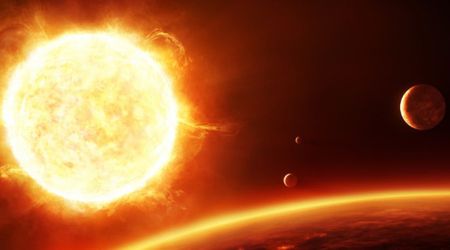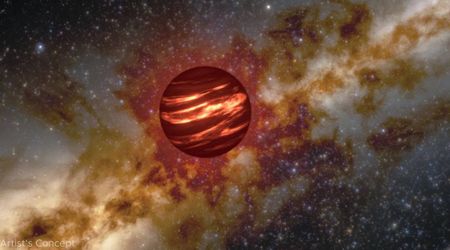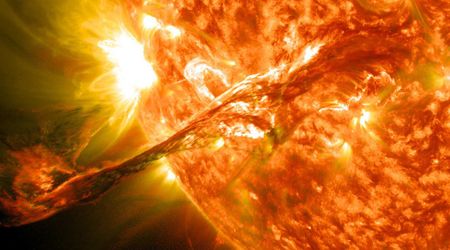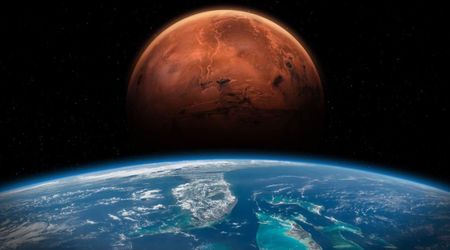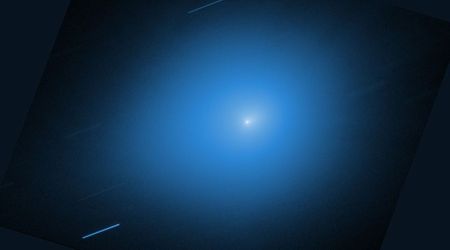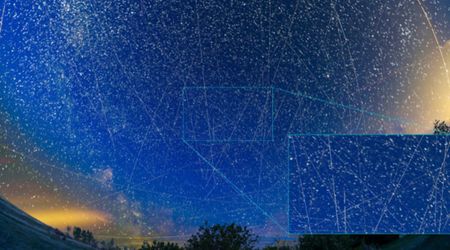Comet 3I/ATLAS will re-emerge from solar glare in November, faint but visible to limited space telescopes
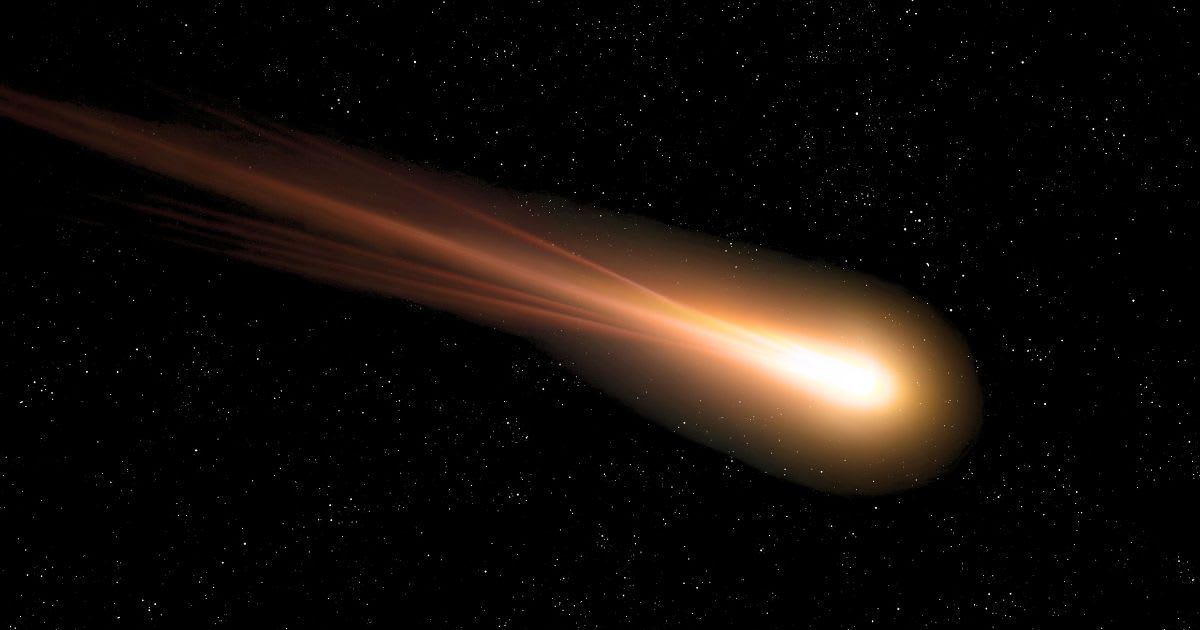
The enigmatic interstellar comet 3I/ATLAS successfully navigated its closest orbit to the Sun this week, reaching perihelion on Wednesday, October 29, at approximately 7:47 a.m. ET.
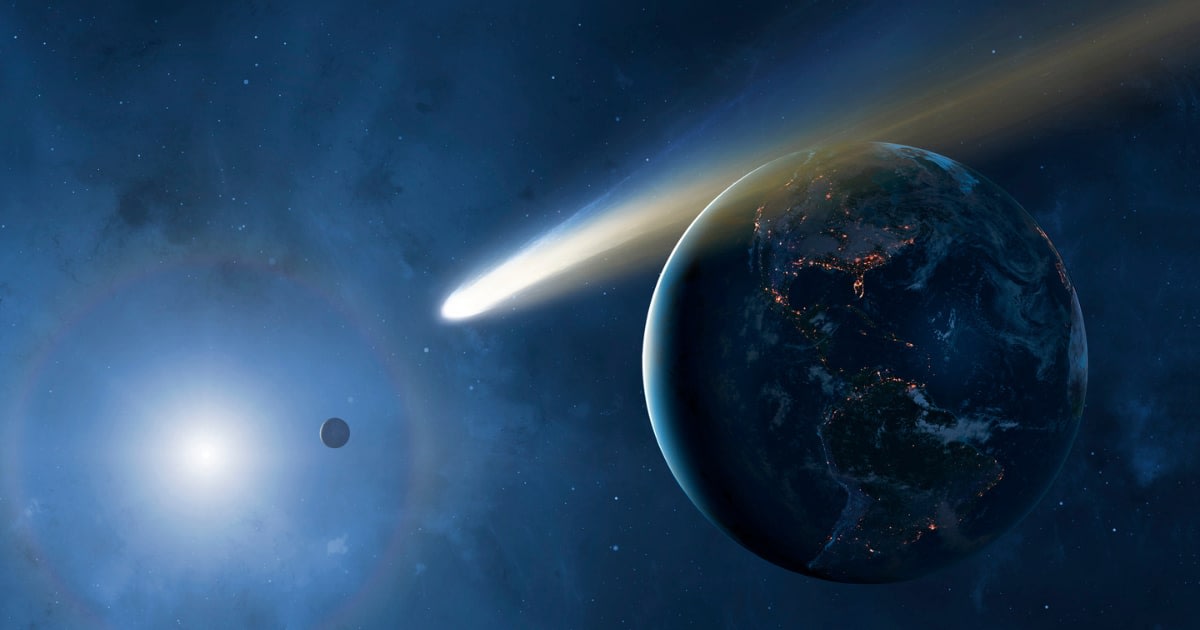
However, Earth-based observers were denied a direct view of the event, with the celestial visitor currently positioned on the far side of the star. Despite the highly anticipated close encounter, the comet, which originated outside our solar system, is presently in conjunction with the Sun, completely obscured by the star's blinding glare, as per Space.com. This unfavorable alignment means telescopes on and near Earth, including those at the L2 Lagrange point, missed the crucial perihelion event, when the comet's activity, such as outgassing and tail formation, is theoretically at its peak.
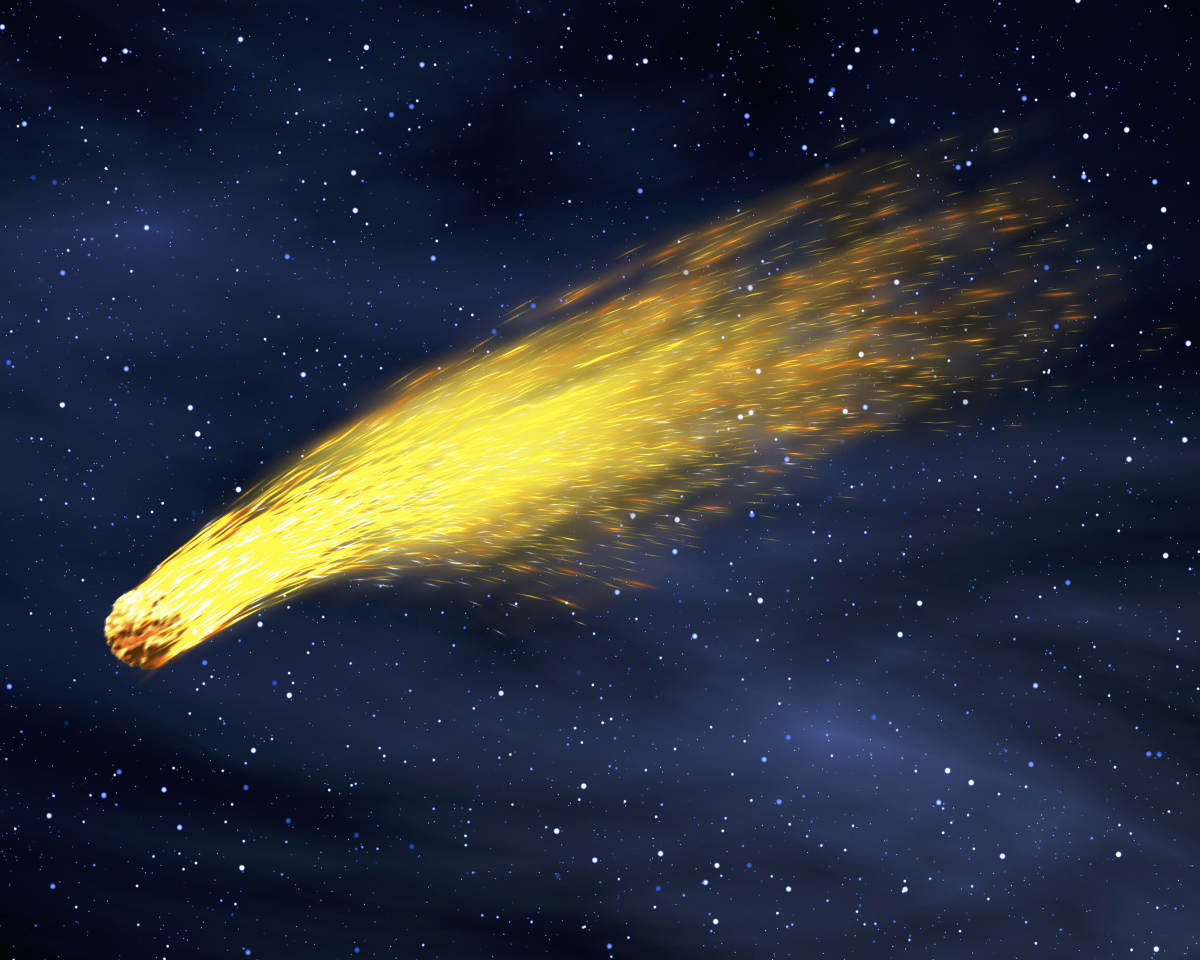
The loss of Earth-based observation has been mitigated by a network of deep-space missions perfectly positioned to track the object. Spacecraft currently orbiting Mars, for example, held a prime viewing angle of the hemisphere the comet rounded. This same Mars armada previously secured a ringside seat for 3I/ATLAS's close pass by the Red Planet on October 3. Other distant observers include NASA's Psyche and Lucy missions, as well as the European Space Agency's JUICE probe. The JUICE spacecraft, which is currently en route to Jupiter, will be closest to the comet's trajectory. However, its observational data transmission is delayed until next February, as the probe is using its primary antenna as a sun-shield.
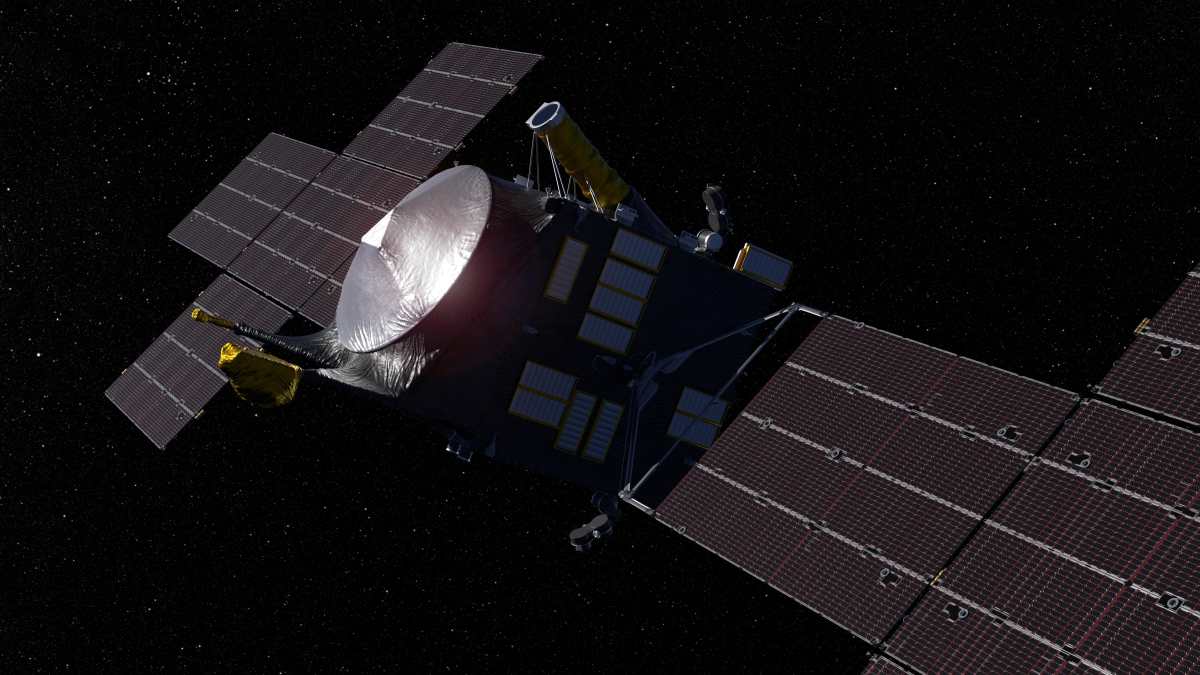
Scientists are keenly interested in the perihelion activity, as the expelled gases and dust offer a direct chemical signature of the comet's composition. Initial findings already indicated unusual concentrations of carbon dioxide and nickel compared to typical solar system comets. These differences offer a unique opportunity to directly compare the chemistry of our own molecular cloud with that of the system that birthed 3I/ATLAS over seven billion years ago. Researchers are specifically watching for a possible increase in iron emission during this active phase.
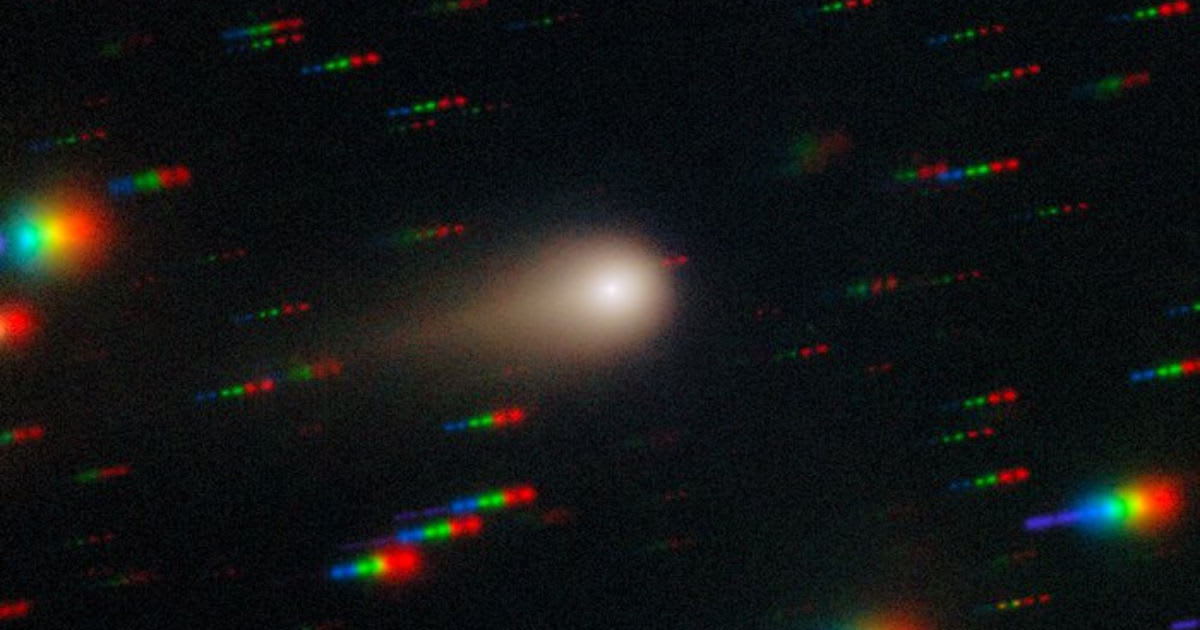
The comet is expected to re-emerge from the Sun’s glare and become visible in the pre-dawn sky later in November or early December. While it may still be active, its considerable distance means it is predicted to be a faint magnitude 12 object, accessible only to sophisticated instruments like the Hubble and James Webb space telescopes, as well as dedicated astro-imagers.

Beyond its scientific value, the perihelion event, which serves as the most efficient point for a spacecraft to apply thrust and gain a gravitational assist from the Sun, has sparked a compelling, albeit speculative, debate, according to Avi Loeb's Medium blog. Since Earth is unable to observe 3I/ATLAS at this optimal moment, the question arises: Was this high-speed object's trajectory intentionally fine-tuned by extraterrestrial intelligence (ETI)?
The comet's future trajectory includes a pass near Venus on November 3, 2025, and a close approach to Earth on December 19, 2025. This proximity to Earth has prompted the Galileo Project to search for any anomalous activity or signs of deployed mini-probes. Finally, when the comet nears Jupiter on March 16, 2026, NASA's Juno spacecraft will attempt to image it and search for any technological radio transmissions.
More on Starlust
Giant 'jet' of material detected on interstellar object 3I/ATLAS aiming at the Sun


